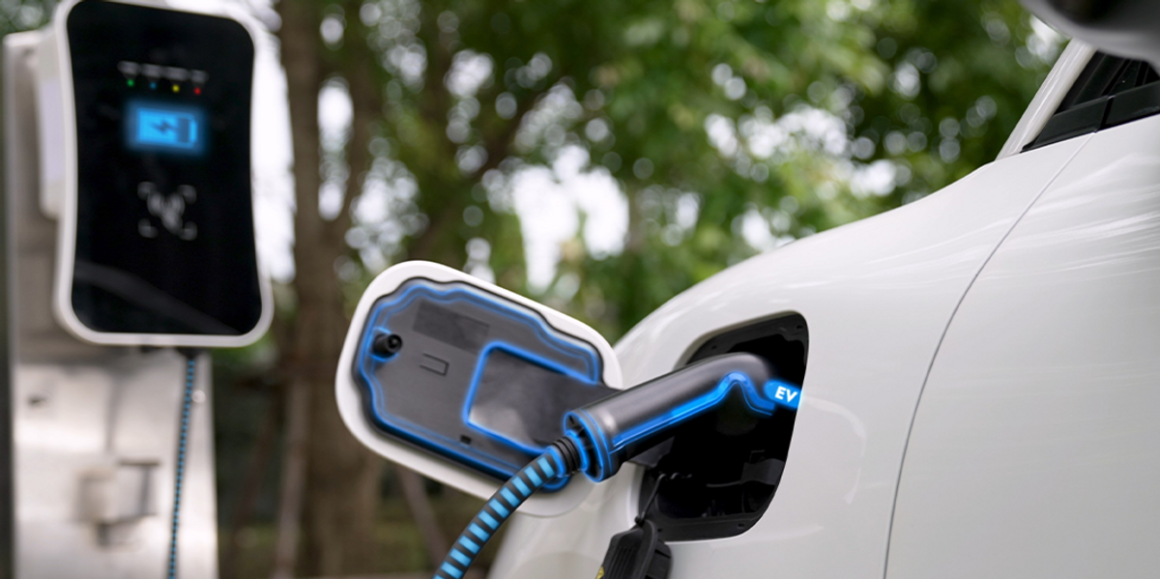As lithium-ion batteries reach their capacity limit, demand is expanding for other raw materials to manufacture high-density batteries, particularly nickel. This metal boasts a wide range of physical properties that make it ideal for the green energy market — plus it’s an affordable component looked to for next-generation as well as existing products.
However, the current generation of lithium-ion batteries used for EVs — as well as mobile phones, laptops and just about every other commercial battery-driven product — have their limits. Research efforts across sectors are developing lighter, longer lasting and more efficient batteries.
Next-generation high-density batteries will require a larger array of raw materials, resulting in increased demand.
While lithium-ion batteries have proven themselves a workhorse for consumer products, batteries with a higher energy density can store more energy by weight. Researchers in academia and industry are trying to increase the energy density of lithium-ion batteries, and find alternative materials to make batteries that can contain more energy in smaller and lighter forms.
While there are ample worldwide reserves and nickel remains an affordable raw material, mining can involve challenges.
Other top producers include the Philippines, which has been partnering with the US, allegedly to prevent China from gaining access to its reserves. New Caledonia, a French island territory, is dealing with considerable civil unrest that has disrupted mining operations. Russia is also a major holder of nickel reserves.
Some nickel projects in development offer appealing investment opportunities in stable, democratic jurisdictions with strong environment controls.
While the price of nickel can fluctuate, the value should continue to climb over time. It’s a reliable ingredient in a wide array of green energy projects, and is a material still looked to for next-generation batteries and other products.
Projects in stable jurisdictions that have continued access to resources, plus follow environmental ethics that appeal to investors, should offer an appealing way to get involved in the sector.
By Diane Peters
Diane Peters is a freelance writer based in Ontario.
This INNSpired article was written according to INN editorial standards to educate investors.
INN does not provide investment advice and the information on this profile should not be considered a recommendation to buy or sell any security. INN does not endorse or recommend the business, products, services or securities of any company profiled.


Leave a Reply